-
 Bitcoin
Bitcoin $116400
0.87% -
 Ethereum
Ethereum $3819
3.86% -
 XRP
XRP $3.048
1.62% -
 Tether USDt
Tether USDt $1.000
0.03% -
 BNB
BNB $777.2
0.60% -
 Solana
Solana $169.3
0.46% -
 USDC
USDC $0.0000
0.02% -
 TRON
TRON $0.3414
2.06% -
 Dogecoin
Dogecoin $0.2126
3.33% -
 Cardano
Cardano $0.7527
1.21% -
 Hyperliquid
Hyperliquid $38.86
1.02% -
 Sui
Sui $3.683
5.27% -
 Stellar
Stellar $0.4048
1.45% -
 Chainlink
Chainlink $17.91
6.62% -
 Bitcoin Cash
Bitcoin Cash $576.9
1.29% -
 Hedera
Hedera $0.2487
1.03% -
 Ethena USDe
Ethena USDe $1.001
-0.01% -
 Avalanche
Avalanche $22.46
1.07% -
 Litecoin
Litecoin $120.8
1.69% -
 UNUS SED LEO
UNUS SED LEO $8.963
-0.30% -
 Toncoin
Toncoin $3.301
2.33% -
 Shiba Inu
Shiba Inu $0.00001250
1.13% -
 Uniswap
Uniswap $10.06
3.45% -
 Polkadot
Polkadot $3.731
1.56% -
 Dai
Dai $1.000
0.01% -
 Bitget Token
Bitget Token $4.416
1.58% -
 Cronos
Cronos $0.1482
3.73% -
 Monero
Monero $250.0
-12.34% -
 Pepe
Pepe $0.00001075
2.16% -
 Aave
Aave $274.6
4.17%
Bitget leverage tutorial
Leverage trading on Bitget offers adjustable leverage levels, allowing traders to customize their risk exposure while profiting from market movements.
Nov 12, 2024 at 03:40 am
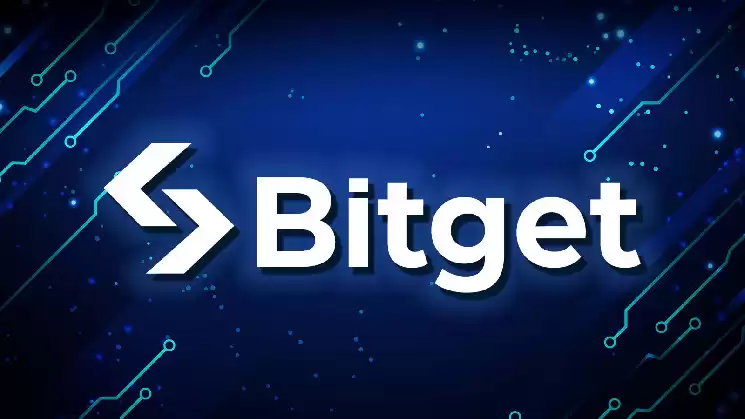
Bitget Leverage Tutorial: A Comprehensive Guide to Trading with Leverage on Bitget
Leverage trading is a powerful tool that can amplify your profits, but it also comes with increased risk. In this tutorial, we'll provide a comprehensive guide to leverage trading on Bitget, covering everything from the basics to advanced strategies.
Key Concepts of Leverage Trading
Before diving into the specifics of Bitget, let's first review the key concepts of leverage trading:
- Leverage: Leverage refers to the ratio of borrowed funds to your own capital. For example, if you trade with 10x leverage, you're borrowing nine times the amount of your initial investment.
- Margin: Margin is the amount of your own capital that you put up to secure your leveraged position.
- Margin Call: A margin call occurs when your margin falls below a certain threshold, and you're required to add more funds to your account or close your position to avoid liquidation.
- Liquidation: Liquidation occurs when your margin is insufficient to cover your losses, and your position is automatically closed by the exchange.
Bitget Leverage Trading: Step-by-Step Guide
Now, let's walk through the steps involved in leverage trading on Bitget:
- Open an Account and Fund It: Before you can start trading with leverage, you'll need to open an account with Bitget and fund it with sufficient funds.
- Choose Your Trading Pair and Leverage: Once your account is funded, you can select the trading pair you want to trade and choose the desired leverage. Bitget supports a wide range of trading pairs and offers adjustable leverage levels, allowing you to customize your risk exposure.
- Place an Order: After selecting your trading pair and leverage, you can place an order. Bitget provides various order types, including market orders, limit orders, and stop orders.
- Monitor Your Position: Once your order is filled, you'll need to monitor your position closely. Pay attention to the market movements and your margin levels to make timely adjustments if necessary.
- Adjust Leverage or Margin: If you need to adjust your leverage or margin, you can do so by editing your open position. This allows you to fine-tune your risk management as the market conditions change.
- Take Profit or Close Position: When you're satisfied with your profits or believe it's time to close your position, you can take profit or close it manually. Bitget also offers stop-loss orders to help you protect your profits in case the market goes against you.
Advanced Strategies for Leverage Trading
In addition to the basics, let's explore some advanced strategies that can enhance your leverage trading on Bitget:
- Hedging: Hedging involves opening multiple positions with different leverage levels to offset risk. By using opposite positions, you can potentially reduce your overall exposure while still profiting from market fluctuations.
- Trailing Stop Loss: A trailing stop loss is a dynamic stop-loss order that automatically adjusts based on the market price. This helps you lock in profits while allowing your position to continue profiting if the market continues to move in your favor.
- Margin Trading: Margin trading allows you to borrow funds from Bitget to increase your trading power. This can magnify your profits, but it also exposes you to greater risk.
Risk Management for Leverage Trading
Leverage trading can amplify your profits, but it also comes with increased risk. Here are some tips for managing risk effectively:
- Use Leverage Appropriately: Only use leverage that you can afford to lose. Remember, leverage can magnify both profits and losses.
- Maintain Margin Levels: Monitor your margin levels closely and add more funds if necessary to avoid liquidation.
- Use Stop-Loss Orders: Place stop-loss orders to limit your losses in case the market moves against you.
- Understand Liquidation: Be aware of the liquidation price for your position and take steps to prevent it from being reached.
- Don't Chase Losses: Avoid the temptation to chase losses by increasing your leverage or doubling down on losing positions.
Disclaimer:info@kdj.com
The information provided is not trading advice. kdj.com does not assume any responsibility for any investments made based on the information provided in this article. Cryptocurrencies are highly volatile and it is highly recommended that you invest with caution after thorough research!
If you believe that the content used on this website infringes your copyright, please contact us immediately (info@kdj.com) and we will delete it promptly.
- Pi Coin's dApp and AI Potential: Building a Decentralized Future
- 2025-08-08 02:30:12
- Bitcoin, Greenidge, and Liquidity: Navigating the Crypto Currents in NYC
- 2025-08-08 02:30:12
- Crypto Phishing Alert: $3 Million USDT Loss Highlights DeFi Risks
- 2025-08-08 01:10:12
- Crypto Presale Mania: Is Punisher Coin the High ROI King?
- 2025-08-08 01:10:12
- Online Betting, Platforms & Crypto Access: What's Hot in 2025
- 2025-08-08 00:50:12
- Layer Brett: The Meme Coin Primed for 100x Gains?
- 2025-08-08 01:50:12
Related knowledge

What triggers a liquidation event on a Coinbase futures position?
Aug 08,2025 at 01:15am
Understanding Futures Contracts on CoinbaseFutures contracts on Coinbase allow traders to speculate on the future price of a cryptocurrency, such as B...
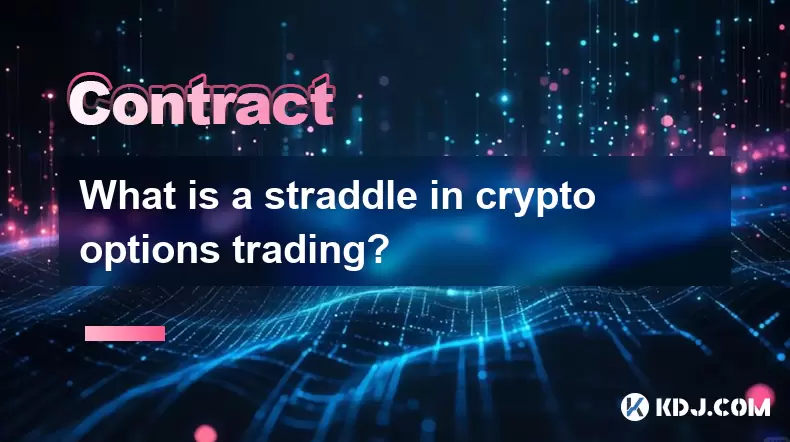
What is a straddle in crypto options trading?
Aug 07,2025 at 11:15pm
Understanding the Basics of a Straddle in Crypto OptionsA straddle is an options trading strategy used when a trader expects significant price movemen...
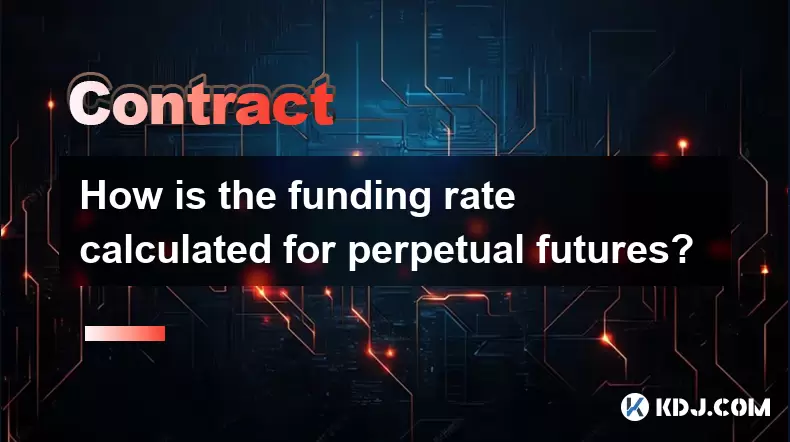
How is the funding rate calculated for perpetual futures?
Aug 07,2025 at 11:36pm
Understanding the Basics of Perpetual FuturesPerpetual futures are a type of derivative contract that does not have an expiration date, allowing trade...
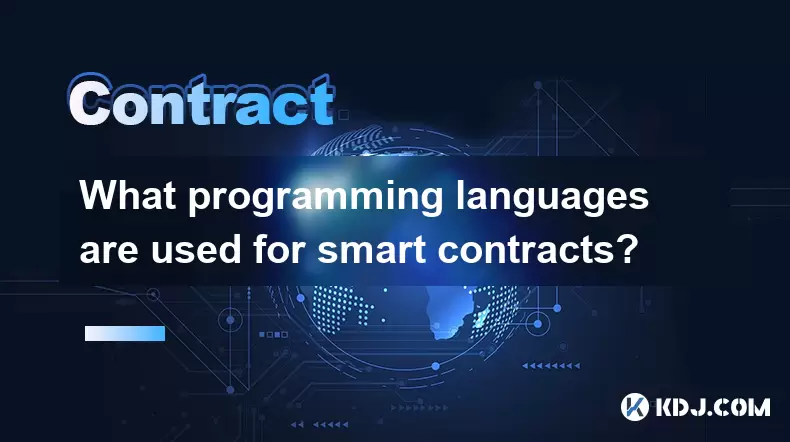
What programming languages are used for smart contracts?
Aug 07,2025 at 06:07pm
Understanding Smart Contracts and Their Execution EnvironmentSmart contracts are self-executing programs deployed on blockchain networks that automati...
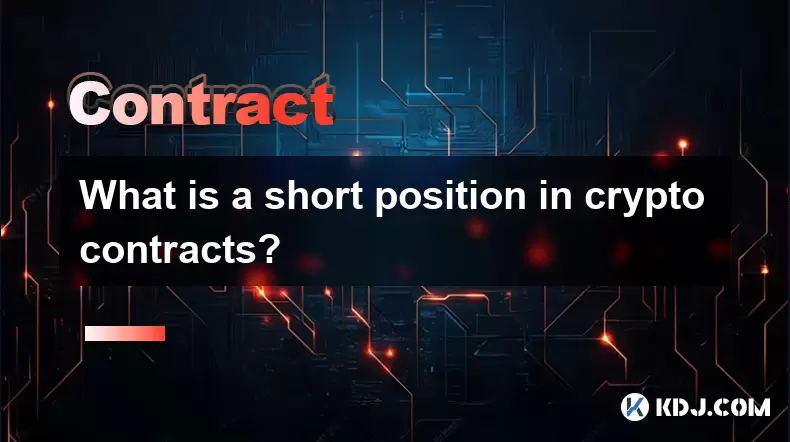
What is a short position in crypto contracts?
Aug 07,2025 at 11:42pm
Understanding the Concept of a Short Position in Crypto ContractsA short position in crypto contracts refers to a trading strategy where a trader prof...
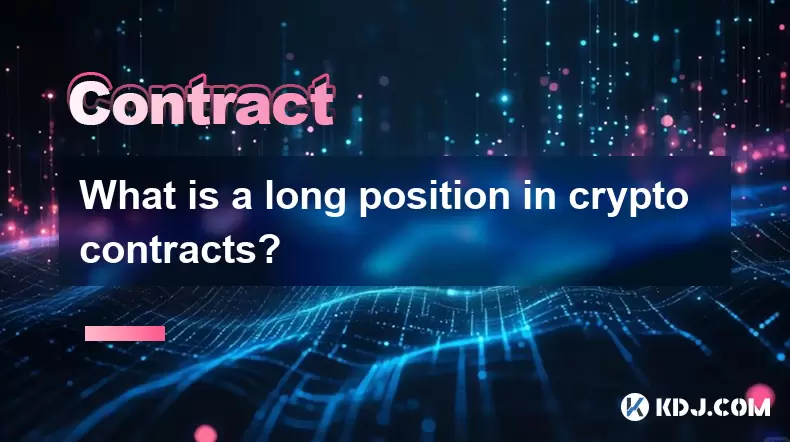
What is a long position in crypto contracts?
Aug 07,2025 at 06:29pm
Understanding the Concept of a Long Position in Crypto ContractsA long position in crypto contracts refers to a trading strategy where a trader buys a...

What triggers a liquidation event on a Coinbase futures position?
Aug 08,2025 at 01:15am
Understanding Futures Contracts on CoinbaseFutures contracts on Coinbase allow traders to speculate on the future price of a cryptocurrency, such as B...

What is a straddle in crypto options trading?
Aug 07,2025 at 11:15pm
Understanding the Basics of a Straddle in Crypto OptionsA straddle is an options trading strategy used when a trader expects significant price movemen...

How is the funding rate calculated for perpetual futures?
Aug 07,2025 at 11:36pm
Understanding the Basics of Perpetual FuturesPerpetual futures are a type of derivative contract that does not have an expiration date, allowing trade...

What programming languages are used for smart contracts?
Aug 07,2025 at 06:07pm
Understanding Smart Contracts and Their Execution EnvironmentSmart contracts are self-executing programs deployed on blockchain networks that automati...

What is a short position in crypto contracts?
Aug 07,2025 at 11:42pm
Understanding the Concept of a Short Position in Crypto ContractsA short position in crypto contracts refers to a trading strategy where a trader prof...

What is a long position in crypto contracts?
Aug 07,2025 at 06:29pm
Understanding the Concept of a Long Position in Crypto ContractsA long position in crypto contracts refers to a trading strategy where a trader buys a...
See all articles

























































































